Red dwarf stars have proven to be a treasure trove for exoplanet hunters in recent years. In addition to multiple exoplanets candidates being detected around stars like TRAPPIST-1, Gliese 581, Gliese 667C, and Kepler 296, there was also the ESO’s recent discovery of a planet orbiting within the habitable zone of our Sun’s closest neighbor – Proxima Centauri.
And it seems the trend is likely to continue, with the latest discovery comes from a team of European scientists. Using data from the ESO’s High Accuracy Radial velocity Planet Searcher (HARPS) and HARPS-N instruments, they detected an exoplanet candidate orbiting around GJ 536 – an M-class red dwarf star located about 32.7 light years (10.03 parsecs) from Earth.
According to their study, “A super-Earth Orbiting the Nearby M-dwarf GJ 536“, this planet is a super-Earth – a class of exoplanet that has between more than one, but less than 15, times the mass of Earth. In this case, the planet boasts a minimum of 5.36 ± 0.69 Earth masses, has an orbital period of 8.7076 ± 0.0025 days, and orbits its sun at a distance of 0.06661 AU.
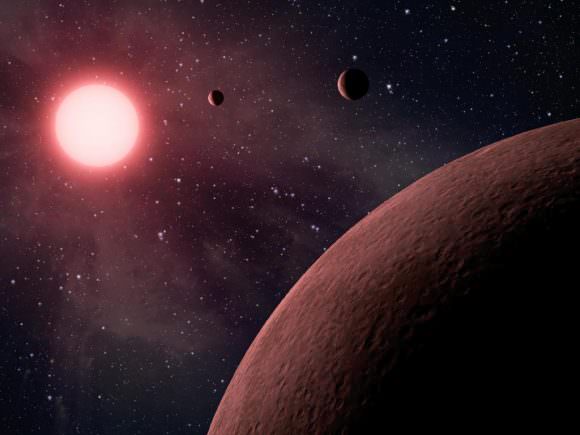
The team was led by Dr. Alejandro Suárez Mascareño of the Instituto de Astrofísica de Canarias (IAC). The discovery of the planet was part of his thesis work, which was conducted under Dr Rafael Rebolo – who is also a member of the IAC, the Spanish National Research Council and a professor at the University of Laguna. And while the planet is not a potentially habitable world, it does present some interesting opportunities for exoplanet research.
As Dr. Mascareño shared with Universe Today via email:
“GJ 536 b is a small super Earth discovered in a very nearby star. It is part of the group of the smallest planets with measured mass. It is not in the habitable zone of its star, but its relatively close orbit and the brightness of its star makes it a promising target for transmission spectroscopy IF we can detect the transit. With a star so bright (V 9.7) it would be possible to obtain good quality spectra during the hypothetical transit to try to detect elements in the atmosphere of the planet. We are already designing a campaign for next year, but I guess we won’t be the only ones.”
The survey that found this planet was part of a joint effort between the IAC (Spain) and the Geneva Observatory (Switzerland). The data came from the HARPS and HARPS-N instruments, which are mounted on the ESO’s 3.6 meter telescope at the La Silla Observstory in Chile and the 3.6 meter telescope at the La Palma Observatory in Spain. This was combined with photometric data from the All Sky Automated Survey (ASAS), which has observatories in Chile and Maui.
The research team relied on radial velocity measurements from the star to discern the presence of the planet, as well as spectroscopic observations of the star that were taken over a 8.6 year period. For all this, they not only detected an exoplanet candidate with 5 times the mass of Earth, but also derived information on the star itself – which showed that it has a rotational period of about 44 days, and magnetic cycle that lasts less than three years.
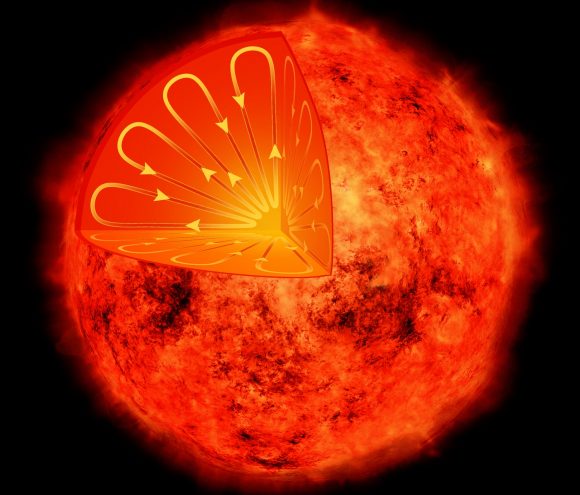
By comparison, our Sun has a rotational period of 25 days and a magnetic cycle of 11 years, which is characterized by changes in the levels of solar radiation it emits, the ejection of solar material and in the appearance of sunspots. In addition, a recent study from the the Harvard Smithsonian Center for Astrophysics (CfA) showed that Proxima Centauri has a stellar magnetic cycle that lasts for 7 years.
This detection is just the latest in a long line of exoplanets being discovered around low-mass, low-luminosity, M-class (red dwarf) stars. And looking ahead, the team hopes to continue surveying GJ 536 to see if there is a planetary system, which could include some Earth-like planets, and maybe even a few gas giants.
“For now we have detected only one planet, but we plan to continue monitoring the star to search for other companions at larger orbital separations,” said Dr. Mascareño. “We estimate there is still room for other low-mass or even Neptune-mass planets at orbits from a hundred of days to a few years.”
The research also included scientists from the Astronomical Observatory at the University of Geneva, the University of Grenoble, The Astrophysical and Planetological Insitute of Grenoble, Institute of Astrophysics and Space Sciences in Portugal, and the University of Porto, Portugal.
Further Reading: arXiv

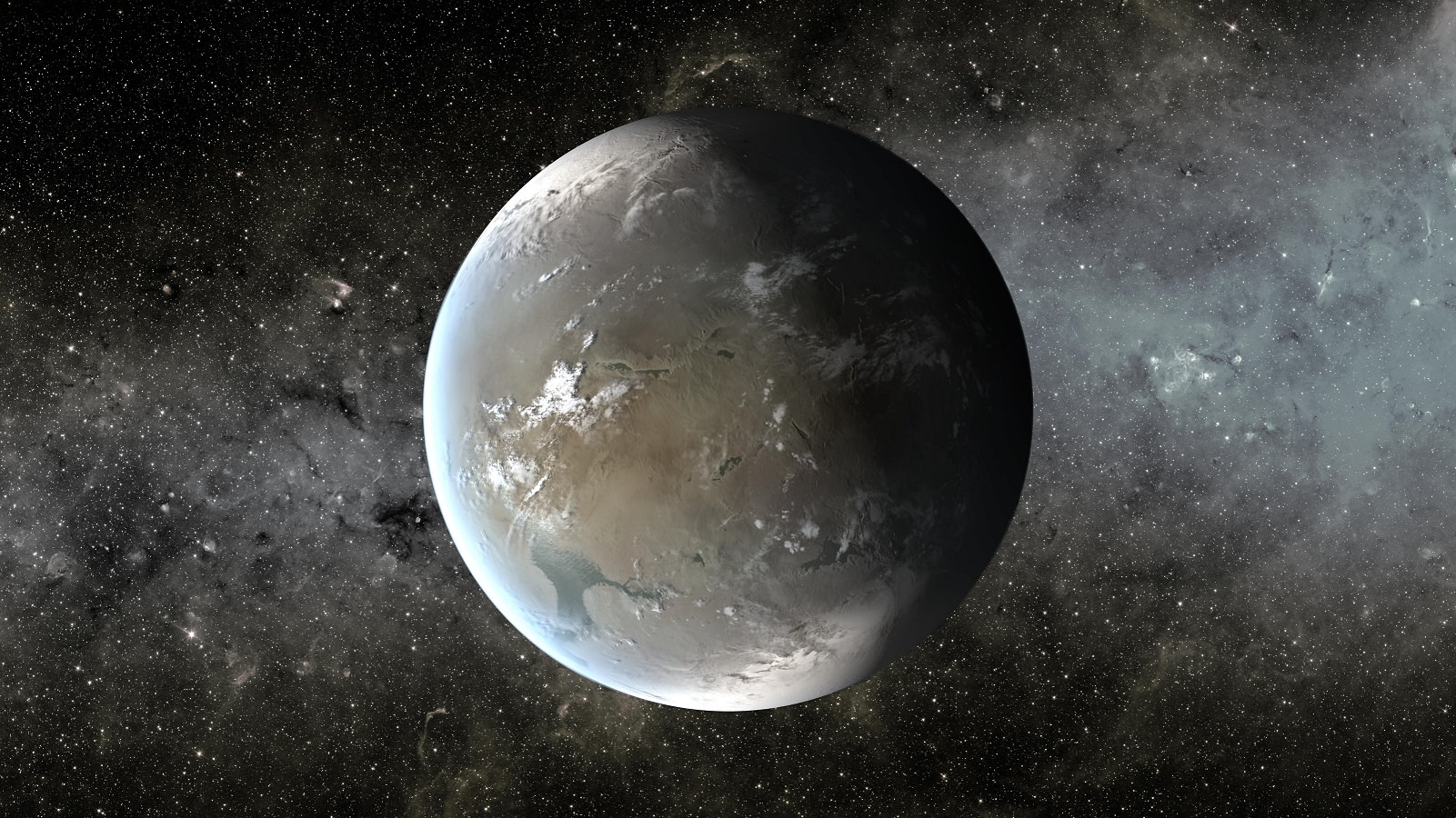

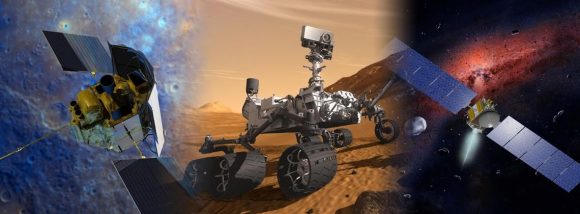
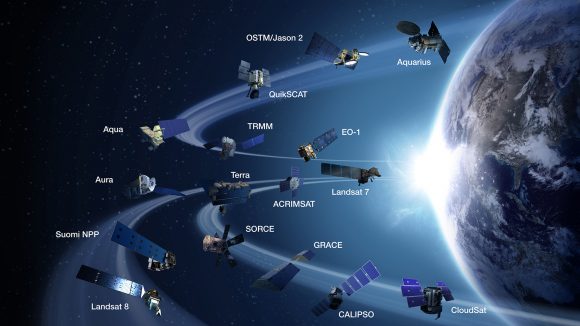
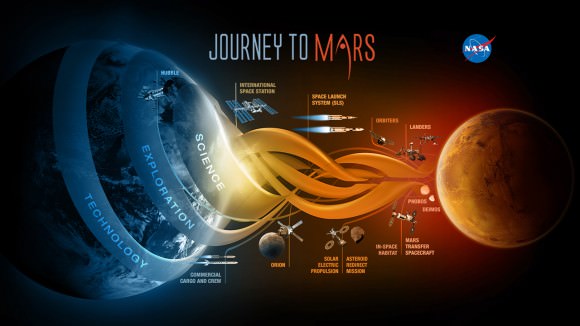
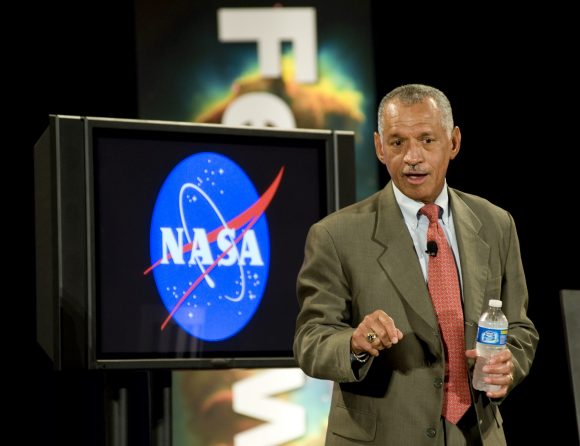

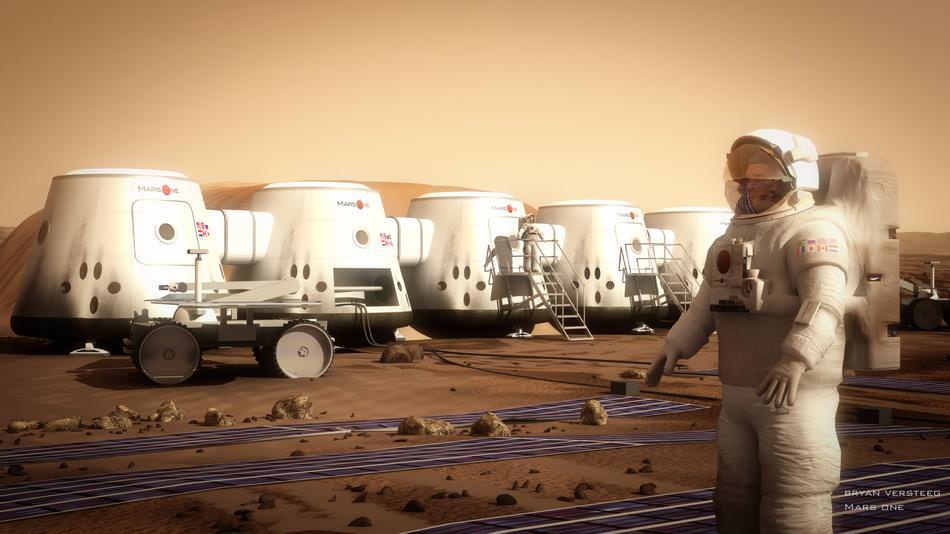

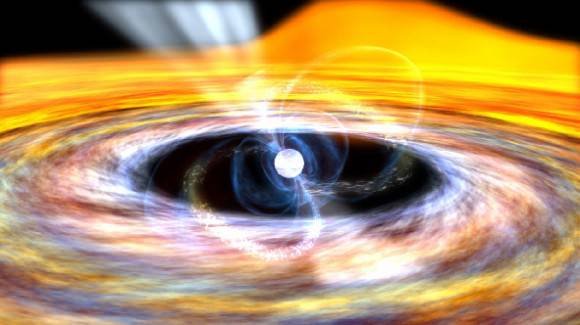
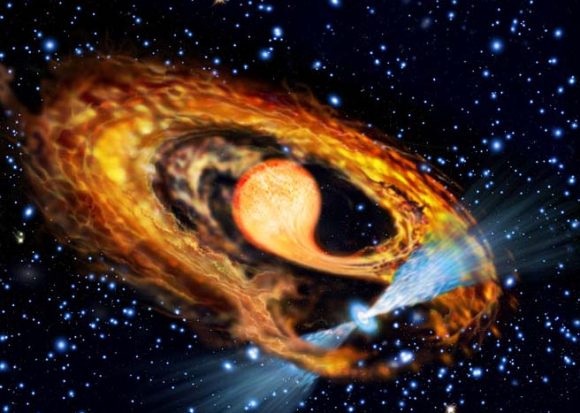
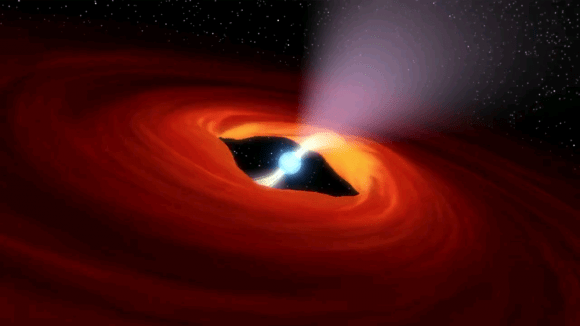
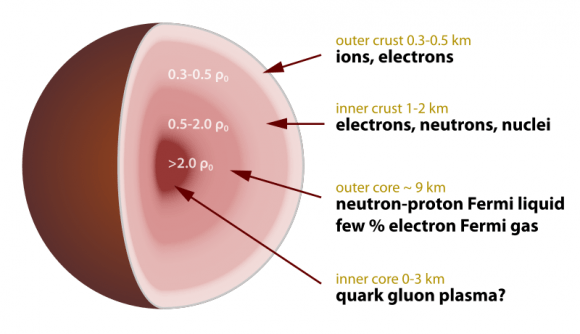
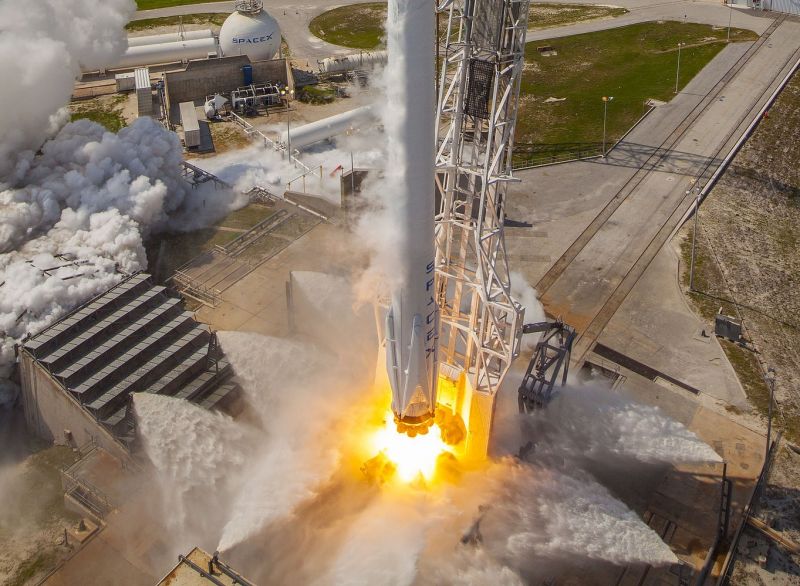
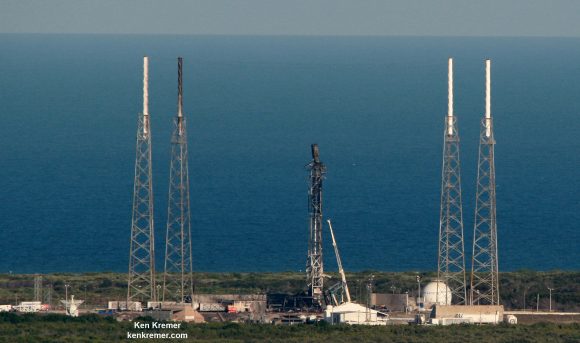
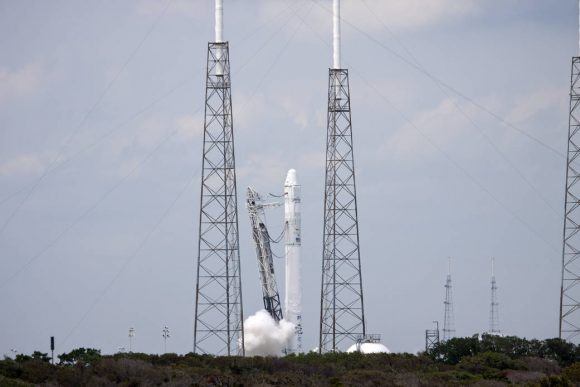
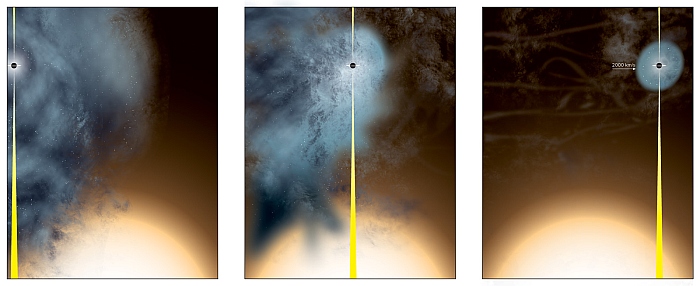
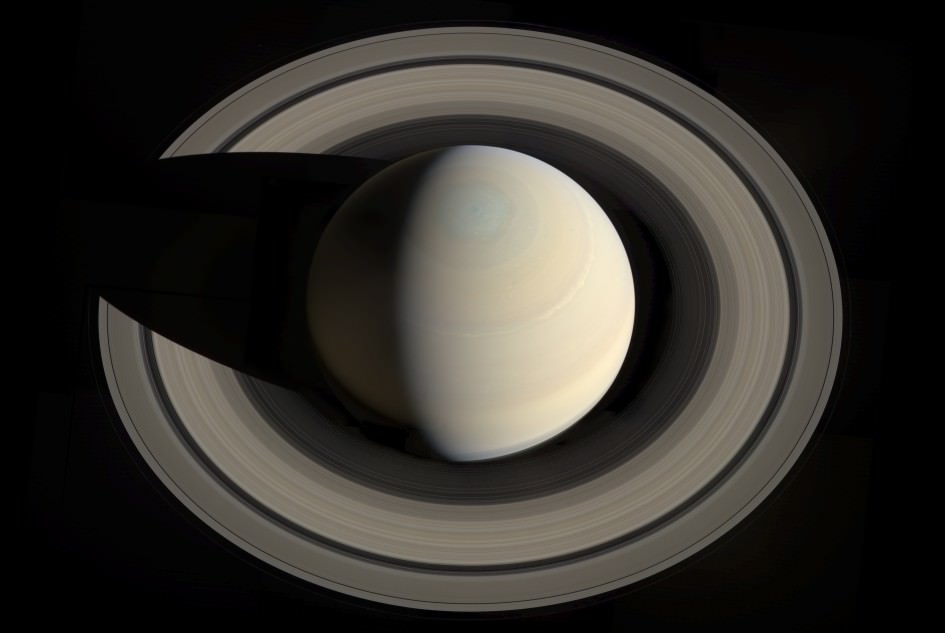
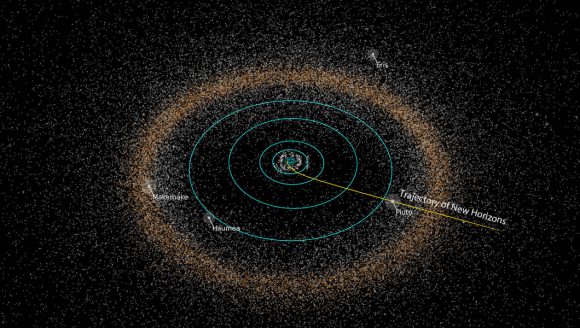
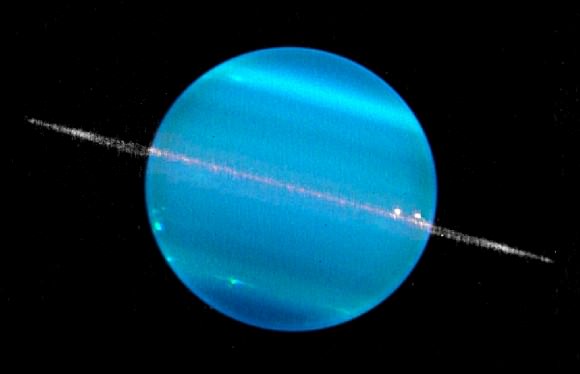
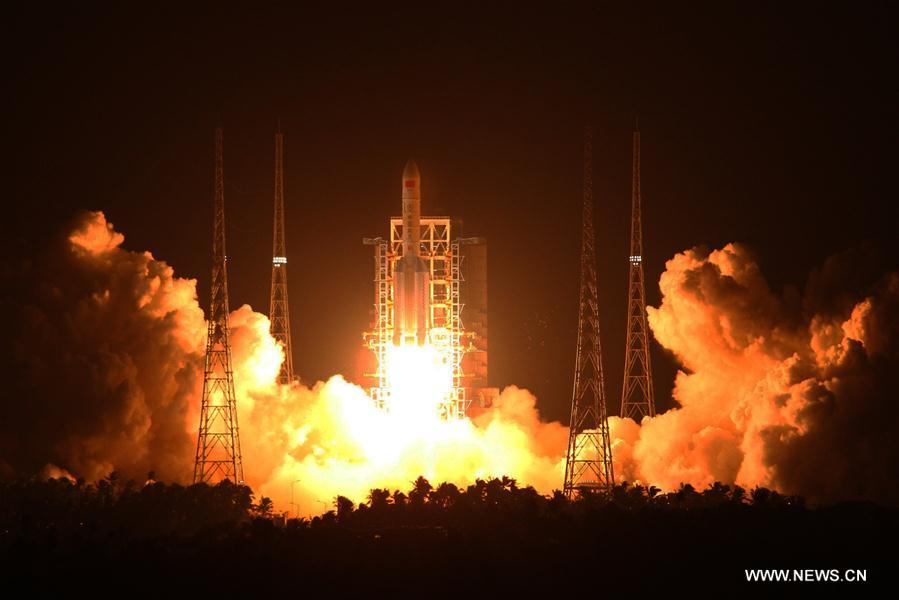
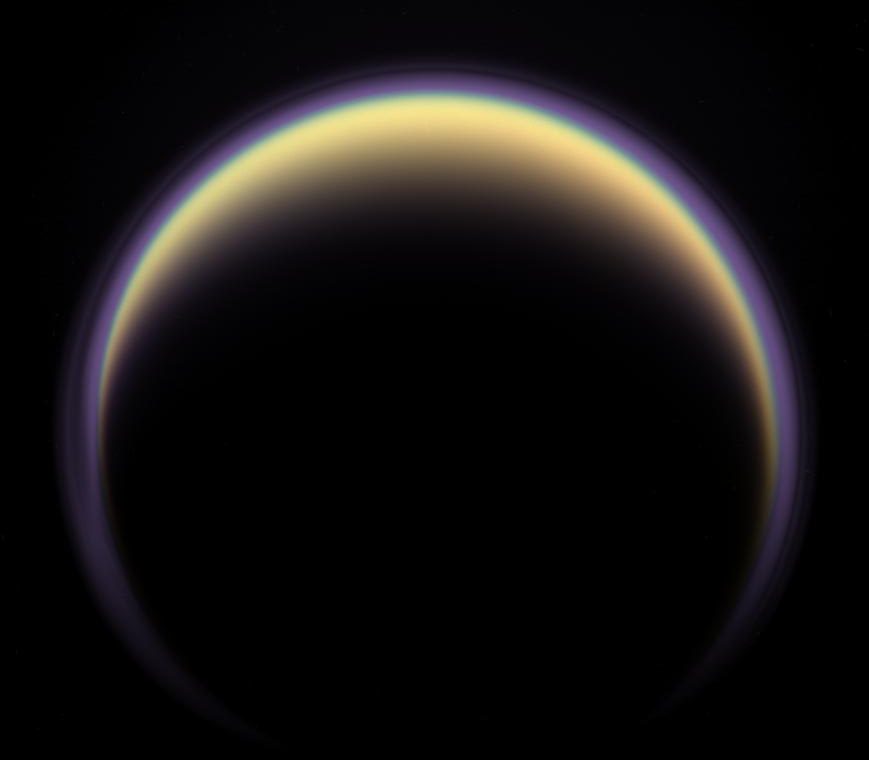
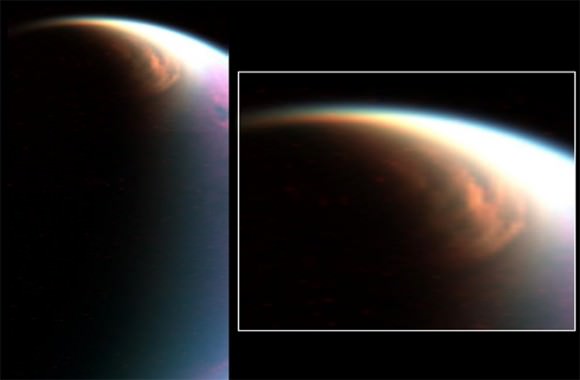
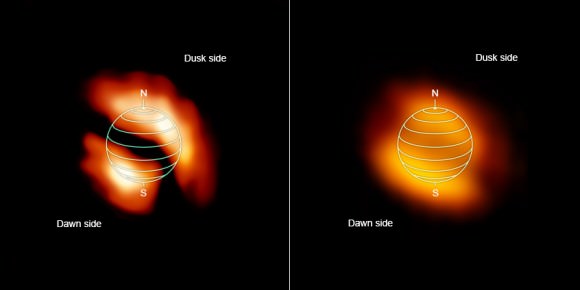
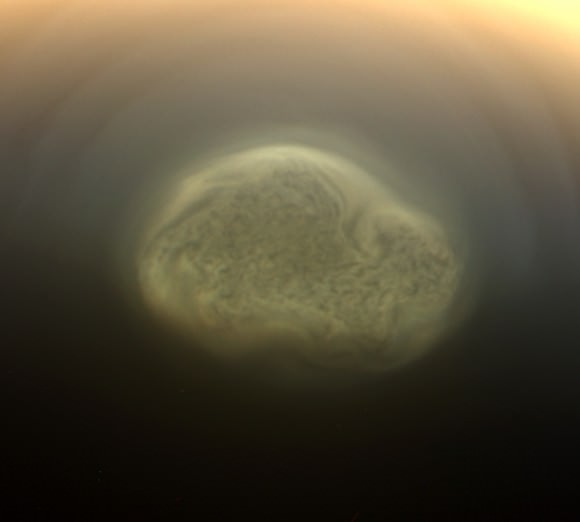

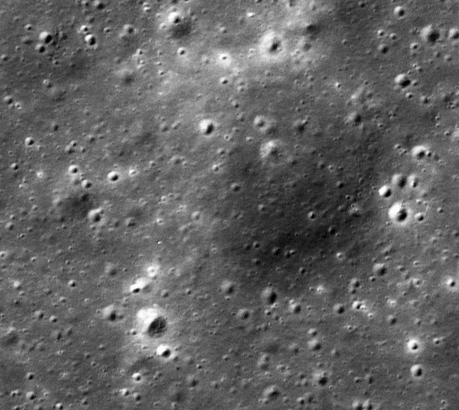

![Distribution of new impact craters (yellow dots) discovered by analyzing 14,000 NAC temporal pairs. The two red dots mark the location of the 17 March 2013 and the 11 September 2013 impacts that were recorded by Earth-based video monitoring [NASA/GSFC/Arizona State University]](https://www.universetoday.com/wp-content/uploads/2016/10/Moon-new-crater-distribution-NASA-GSFC-ASU-1024x367.jpg)
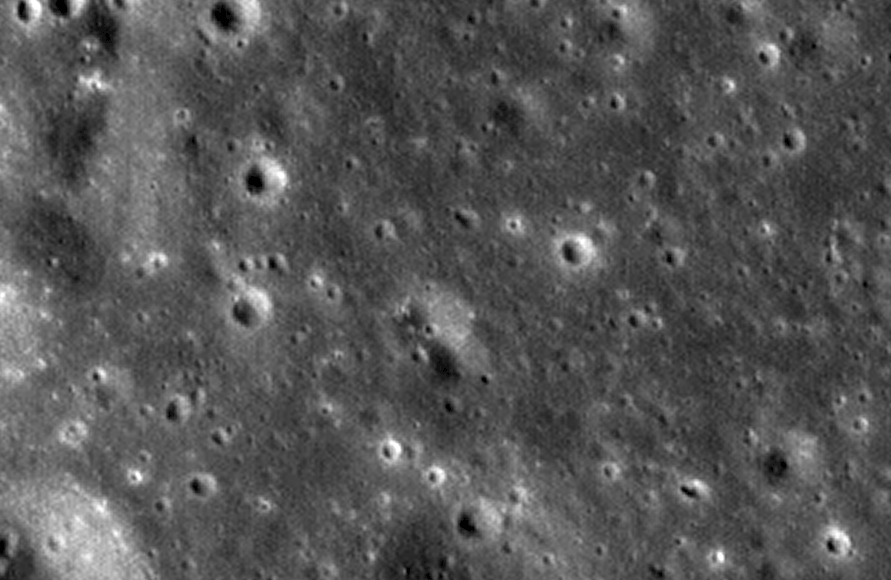
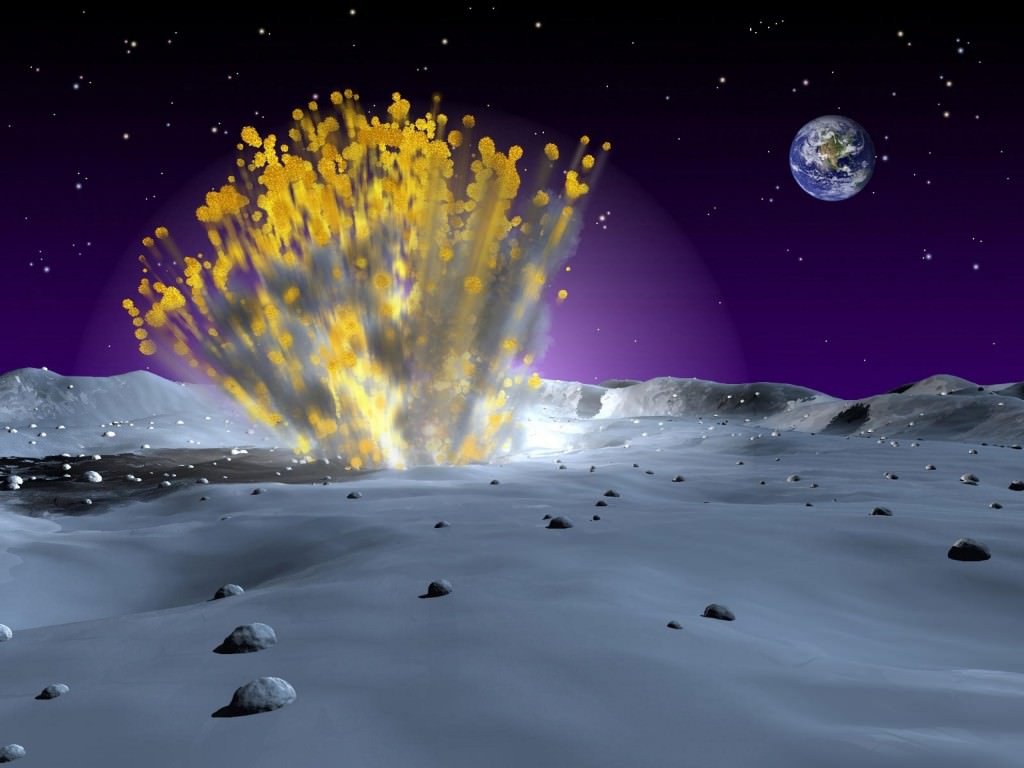
![Example of a low reflectance (top) and high reflectance (bottom) splotch created either by a small impactor or more likely from secondary ejecta. In either case, the top few centimeters of the regolith (soil) was churned [NASA/GSFC/Arizona State University].](https://www.universetoday.com/wp-content/uploads/2016/10/Moon-craters-splotches-NASA.gif)